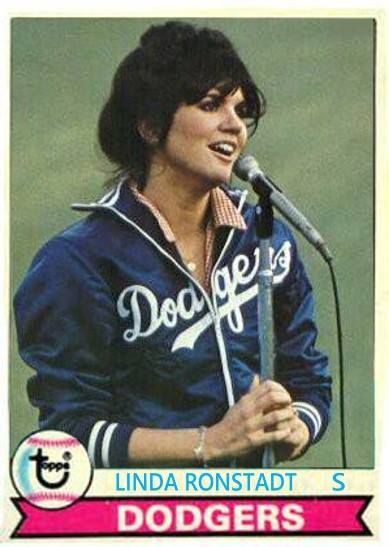Bryan Thomas
@munkiman.bsky.social
2.3K followers
1.6K following
7.4K posts
Here for posts on: Music. Films. TV Shows. Writing. 20th Century Fiction/Poetry. Art. History. Science. Humor. Progressive Politics. Photography. Nature. Ecology. Hippies. Navel-Gazing Existentialism. Baseball. Not sure if I'm even in the right place, tbh.
Posts
Media
Videos
Starter Packs

















